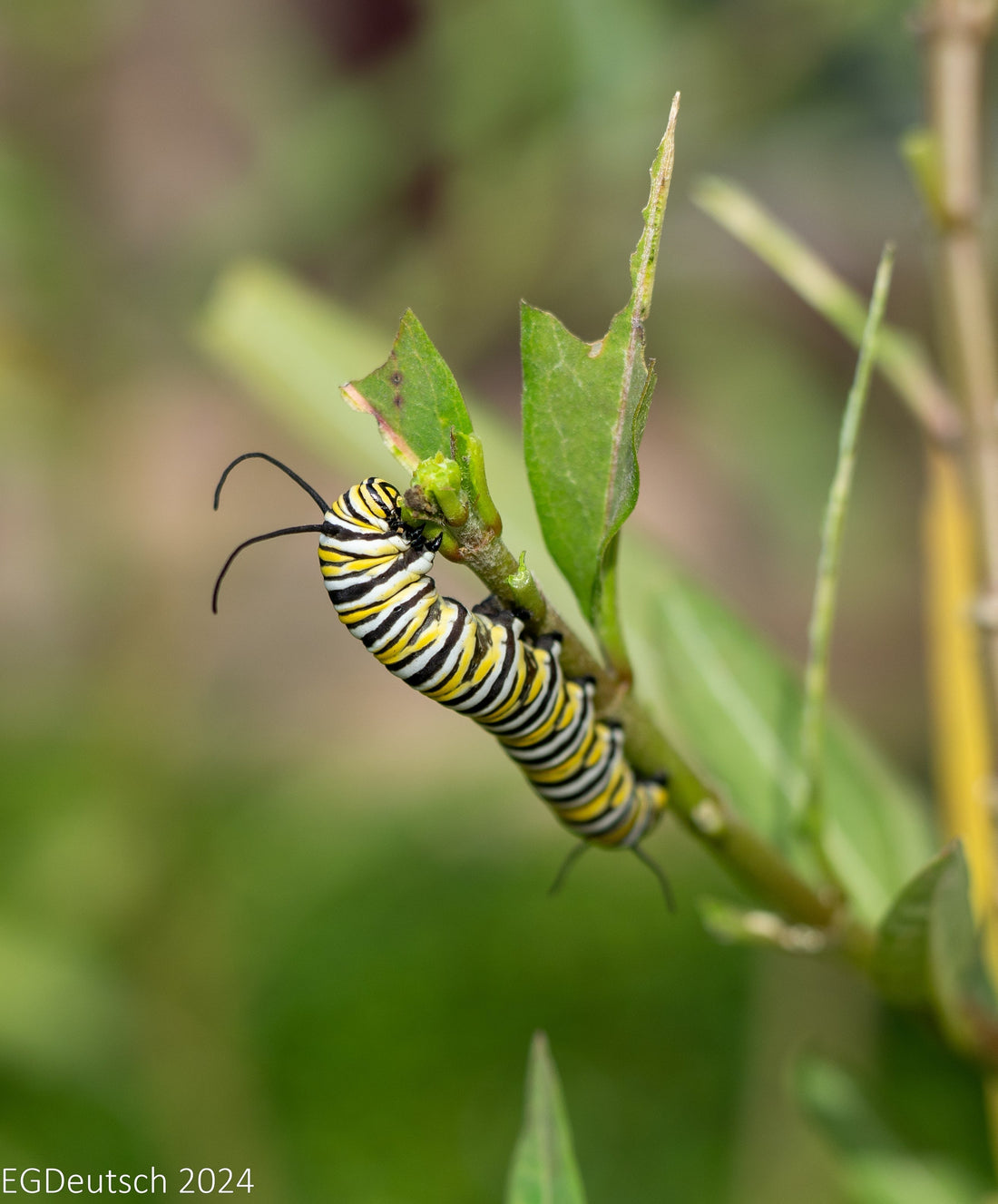
If you live in Florida, remove this milkweed from your garden
|
We don't like to be extremists, but if you live in Florida and you love Monarchs (Danaus plexippus) you need to do a thorough review of your pollinator garden. If you have witnessed any monarch butterflies, freshly eclosed from their chrysalis, that have stunted or curled wings or are inordinately small, then you may have an OE problem.
How to Keep your Monarchs Healthy Maybe you don't have to get rid of the Tropical milkweed in your garden. You could wash your milkweed or you could trim it to the ground and hope that the new growth doesn't have a ton of OE spores when it returns. You could take cuttings and then inspect them under a microscope on a regular basis. Or you could simply remove the tropical milkweed altogether and find some native milkweed to plant in your space. Another way to keep monarchs healthy is to NOT raise them in bug tents. Unless you are a teacher with a classroom full of children who need to learn about the monarch's lifecycle, keeping monarchs in a insect tents is a surefire way to get an abundance of OE spore-ridden butterflies and should be avoided.
|
||

